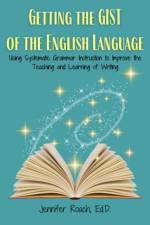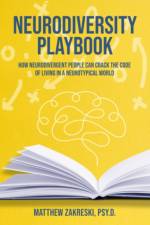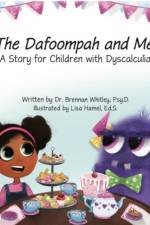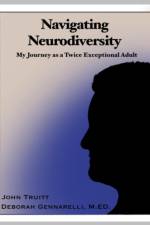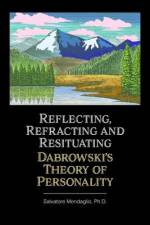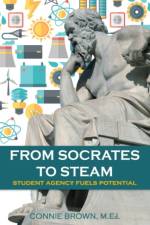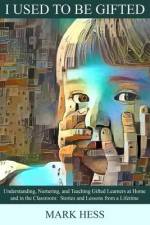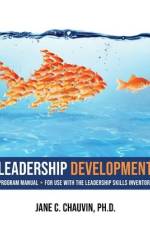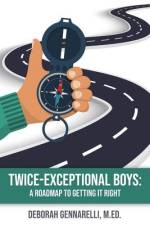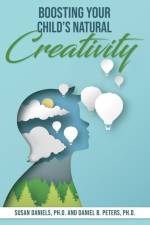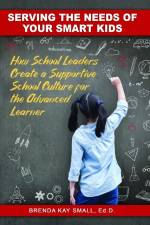av John (John Truitt) Truitt
505,-
Imagine living a good deal of your life knowing you are different from people around you, but you don't understand why. In addition, the things that make you different have caused difficulties with education, jobs, and relationships. Navigating Neurodiversity: My Journey as a Twice-Exceptional Adult by John Truitt and Deboarh Gennarelli takes readers on an enlightening journey of John Truitt's life and his epiphany moment when he was diagnosed as gifted with autism and other learning differences at 45 years old. Navigating Neurodiversity is unique because there are few books available today about twice-exceptional adults. For those readers who are neurodiverse, or suspect they are, you will discover John's life is an example that can help one comfortably understand and accept who they are. There may be resistance along their journey, and one may lose a few battles. However, winning the war is what counts. For those readers who are neurotypical, it is important to raise awareness that many 2e individuals do not seek a cure or want to be "fixed". The goal is to help everyone understand that 2e people have limitations, but they also have many more strengths to appreciate. Navigating Neurodiversity has three parts. The first part is the introduction that includes background information for those who do not know a lot about neurodiversity including autism spectrum disorder and giftedness. Part two is about John's twice-exceptional life. It includes stories of family history, serving in the military, and his failures and successes in jobs and relationships. Readers will find inspiration as John reflects on the ups and downs of his unique life. Finally, part three includes tips for neurotypicals working and living with 2e adults and strategies for 2e adults to feel more fulfilled in their lives. Also included in this part is help for families of twice-exceptional children. Understanding the barriers and myths and misconceptions about this group of students, in addition to learning styles, proper educational planning and advocacy, can make all the difference whether a student succeeds in school or not. John Truitt and Deborah Gennarelli are passionate about the subject of twice-exceptionality. John's history detailed in this book, the advocacy work with his foundation, coaching many individuals like himself, and teaching at the Heron School for 2e high school students makes him the best person to provide knowledge and direction about neurodiversity. Deborah's extensive background in gifted education, speaking nationally about twice-exceptional children, and her book about twice- exceptional boys makes her qualified to support those who are neurodiverse and advocate for their special needs in school and later in life. Finally, with the addition of inclusive research from some of the most prominent experts in the field of neurodiversity and hours of extensive interviews with John's family, friends, and colleagues, this book will guide the reader to see unique differences in people as being instrumental in everyone's success at school, work, and home. John's life stories fill in the missing pieces that help all of us understand what was beneficial and harmful before his late diagnosis. Navigating Neurodiversity: My Journey as a Twice-Exceptional Adult will continue to challenge misconceptions and promote understanding and advocacy for individuals who, for too long, find themselves as outliers. After reading this book, one will be encouraged to know that if they can "weather the storms" that often come with being 2e or living with someone who is 2e, the outcomes can be awe-inspiring.




